Reside Living™
150 N Michigan Ave. Suite 2700
Chicago, IL 60601
Pet-Friendly Plants for Your Apartment
03-20-2024
In the hustle and bustle of urban living, our homes often become our sanctuaries–what better way to increase the serenity of your apartment than by bringing in a touch of nature? Introducing plants adds aesthetic appeal and contributes to a healthier indoor environment. For pet owners, finding the right plants that are safe for our furry friends is crucial. Join us as we explore some of our favorite pet-friendly houseplants that are perfect for both you and your pet’s well-being!
Our Top Pet-Friendly Houseplants
Spider Plant
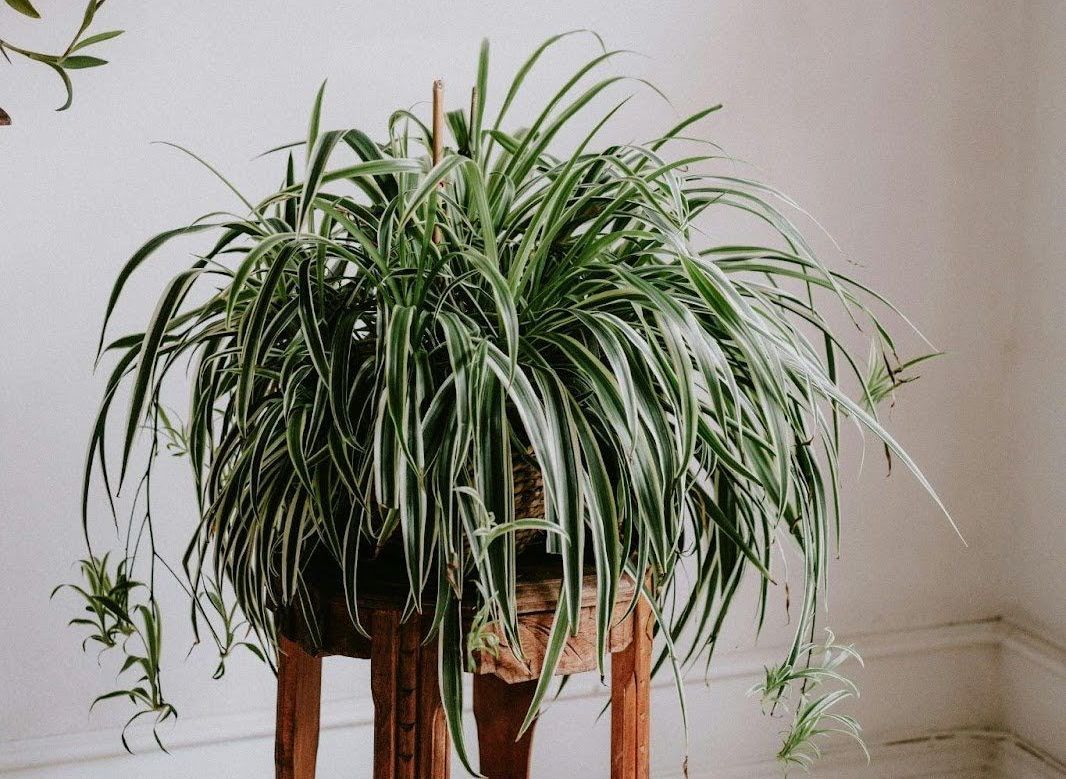
Known for its green and white striped leaves, the Spider Plant is a popular choice for pet owners. Beyond its design appeal, it's also a good air purifier, effectively removing common indoor pollutants such as formaldehyde. It's safe for pets and resilient in various conditions, making it an excellent option for beginners. Spider plants also produce offshoots or "babies," making them easy to propagate and share.
Areca Palm
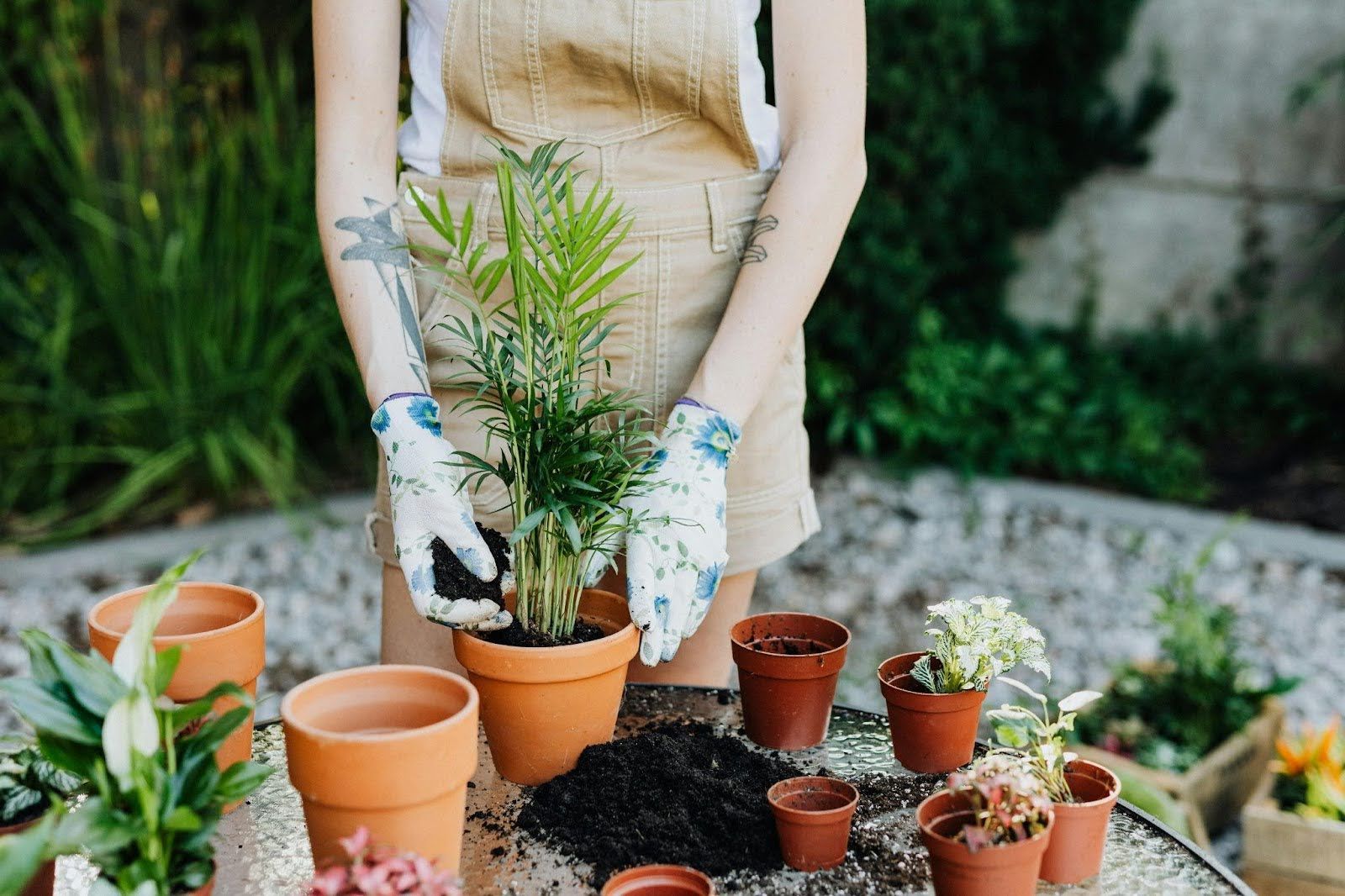
With its elegant feather-like leaves, the Areca Palm adds a touch of the tropics to your apartment. This pet-friendly plant complements your decor and excels at removing toxins from the air. It thrives in bright, indirect light and can grow quite tall, making it a focal point in any room. Its non-toxic nature makes it an ideal choice for homes with curious pets.
Boston Fern
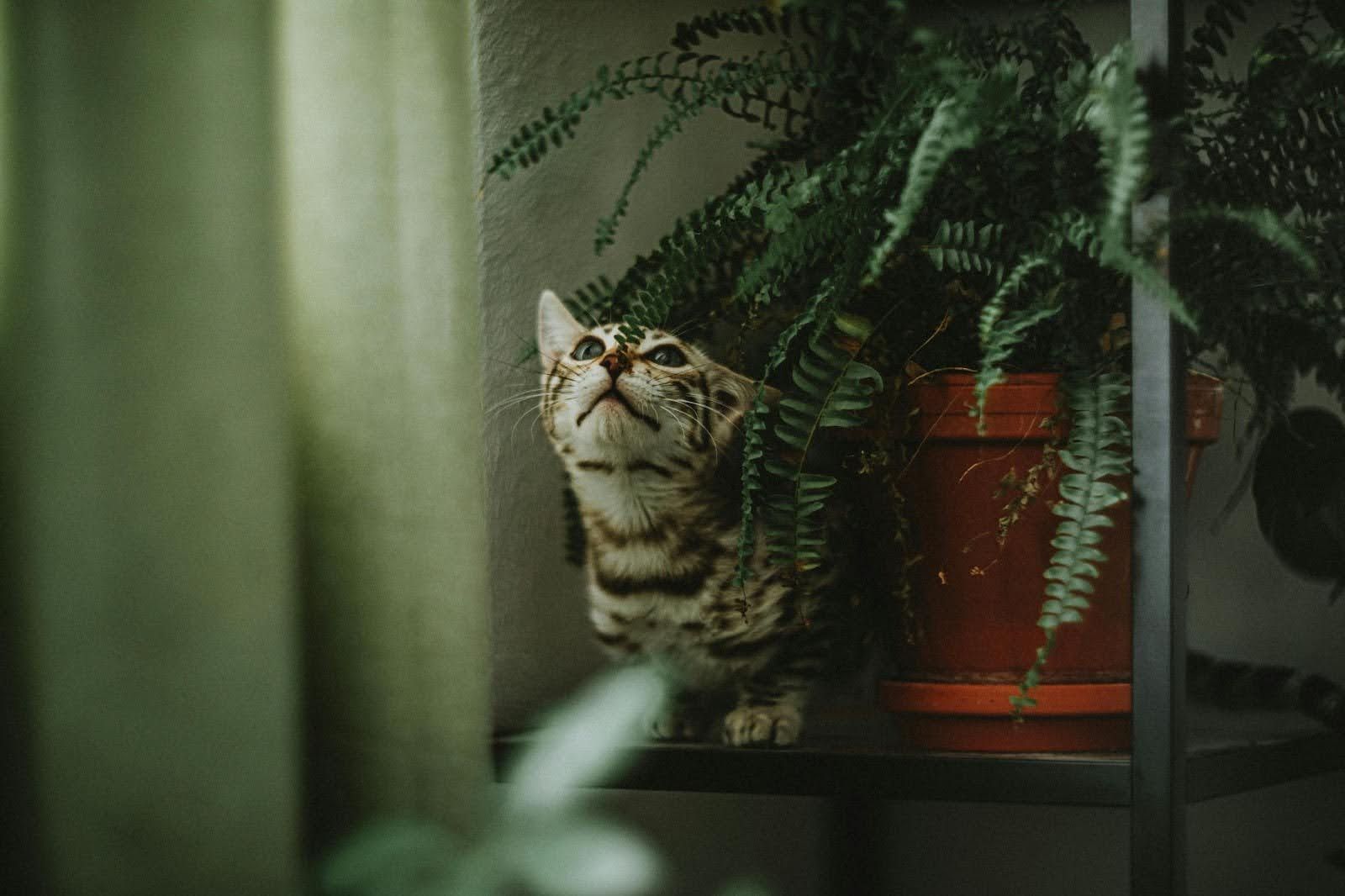
The Boston Fern is a classic choice for adding a soft, green touch to your space, purifying the air and doing a great job at bringing the outdoors in. Boston Ferns are safe for pets and thrive in indirect light, making them suitable for various locations within your apartment.
Calathea
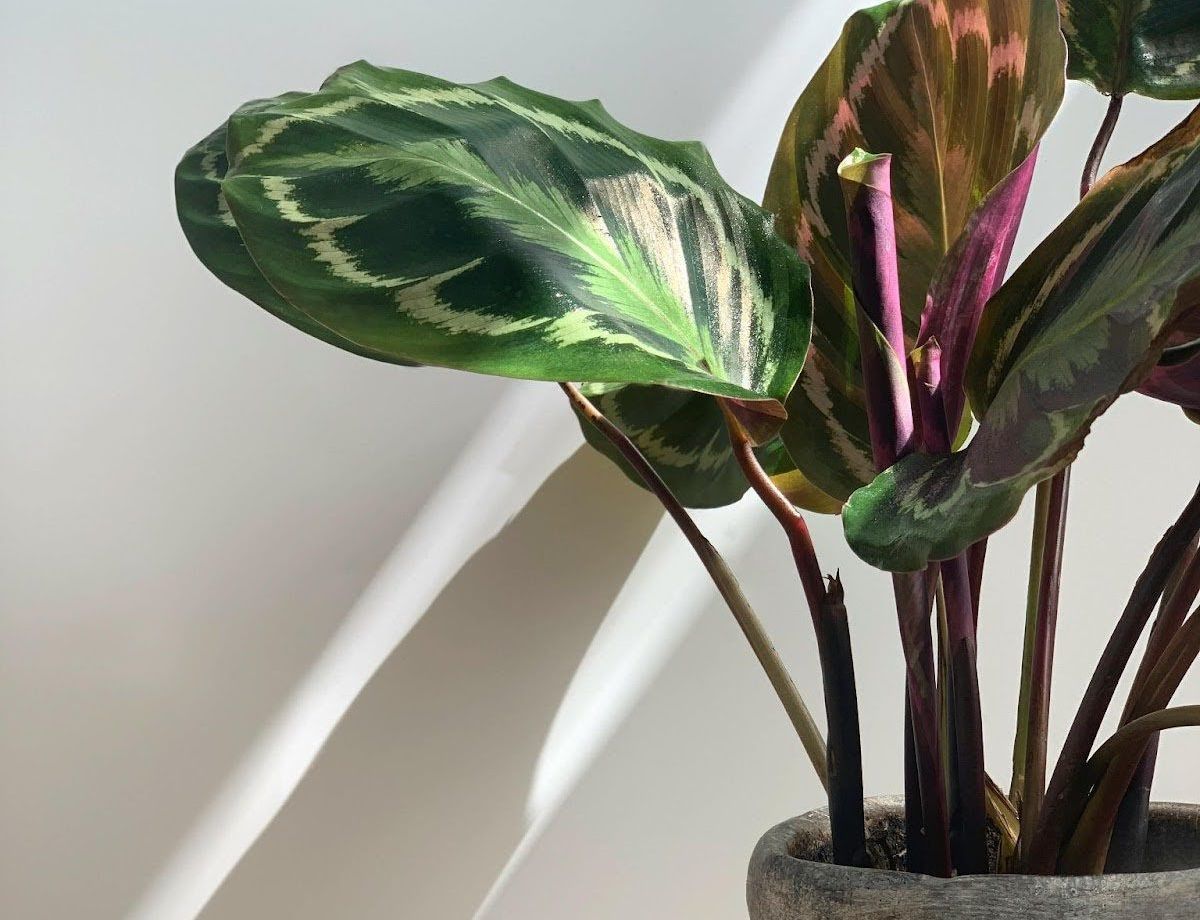
Calatheas are sought after for their stunning patterns, with leaves that often have intricate stripes or vibrant colors. These pet-safe plants thrive in low to medium light and prefer consistently moist soil. A defining characteristic are their unique movements, known as "praying," where their leaves open and close in response to light and add an interactive element to your indoor garden. Calatheas are an excellent choice for those seeking both aesthetic appeal and pet safety.
Bamboo Palm
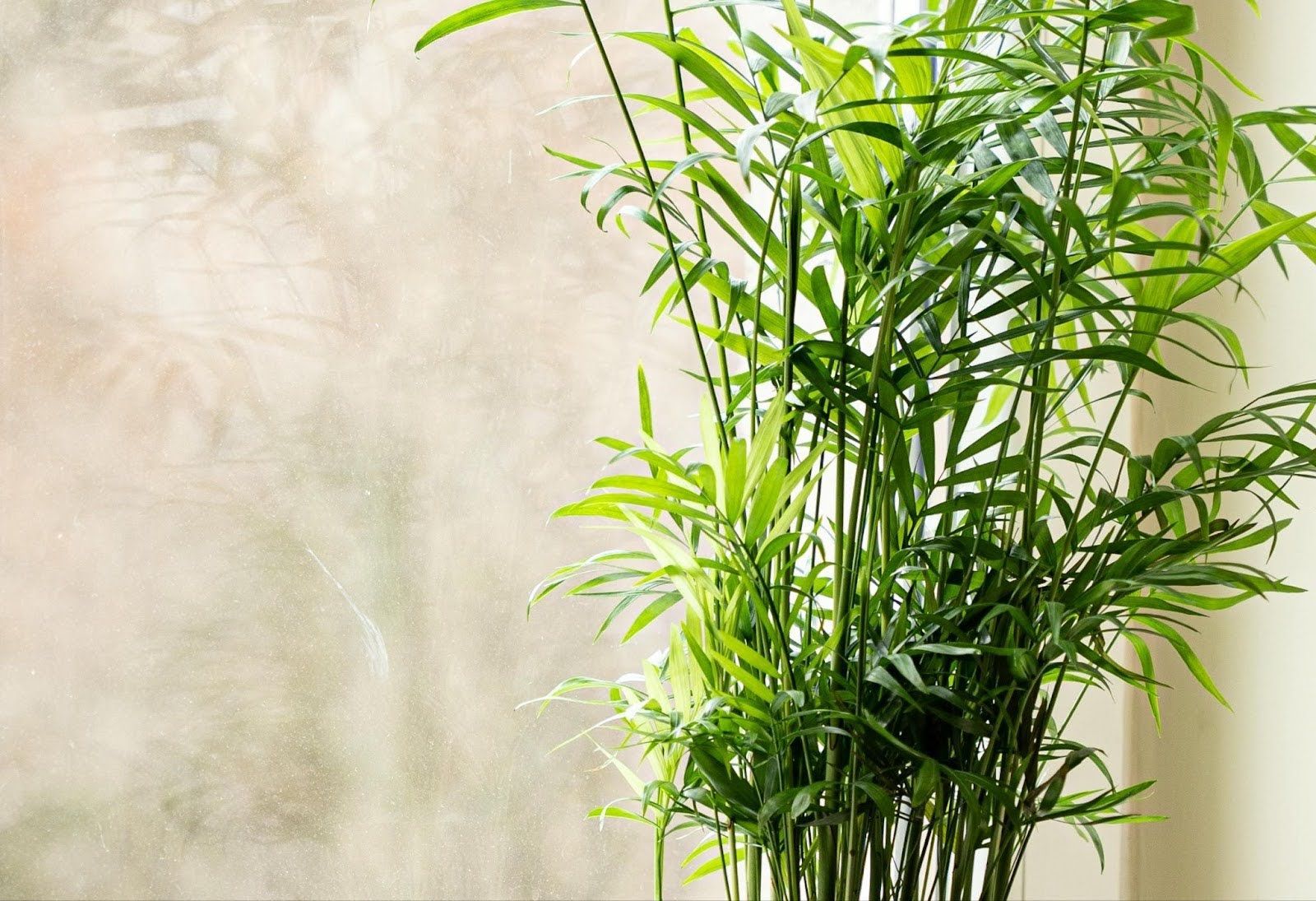
Similar to the Areca Palm, the Bamboo Palm features slender, bamboo-like stems and delicate leaves. It’s a pet-friendly plant that brings a touch of sophistication to any space, and is also a powerful air purifier that’s particularly effective in removing pollutants like benzene and formaldehyde. This compact palm is well-suited for apartments and is easy to care for, making it an attractive choice for pet owners seeking a low-maintenance option.
Peperomia
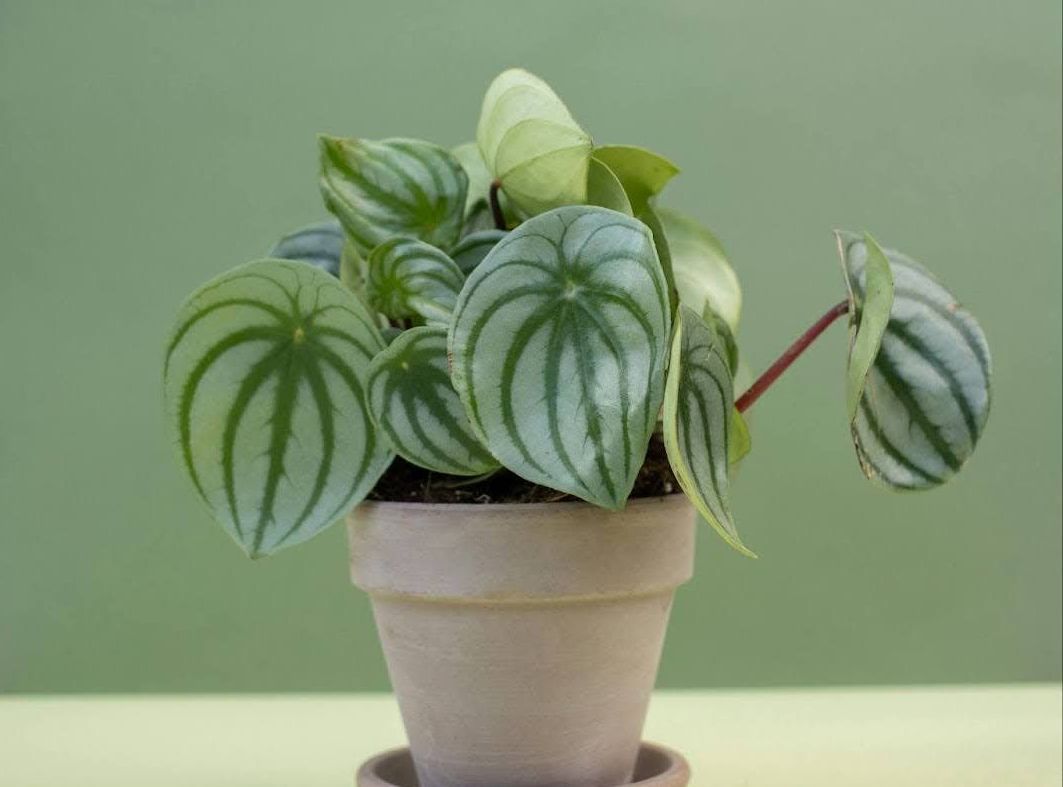
Peperomias come in various shapes and sizes, each with unique leaf textures and colors. They are adaptable to low light conditions, making them versatile for apartments with limited natural light. With their succulent-like leaves, Peperomias store water, allowing them to withstand occasional lapses in watering. This characteristic, along with their charming appearance and pet-friendly nature, makes them a favorite among plant owners!
African Violet
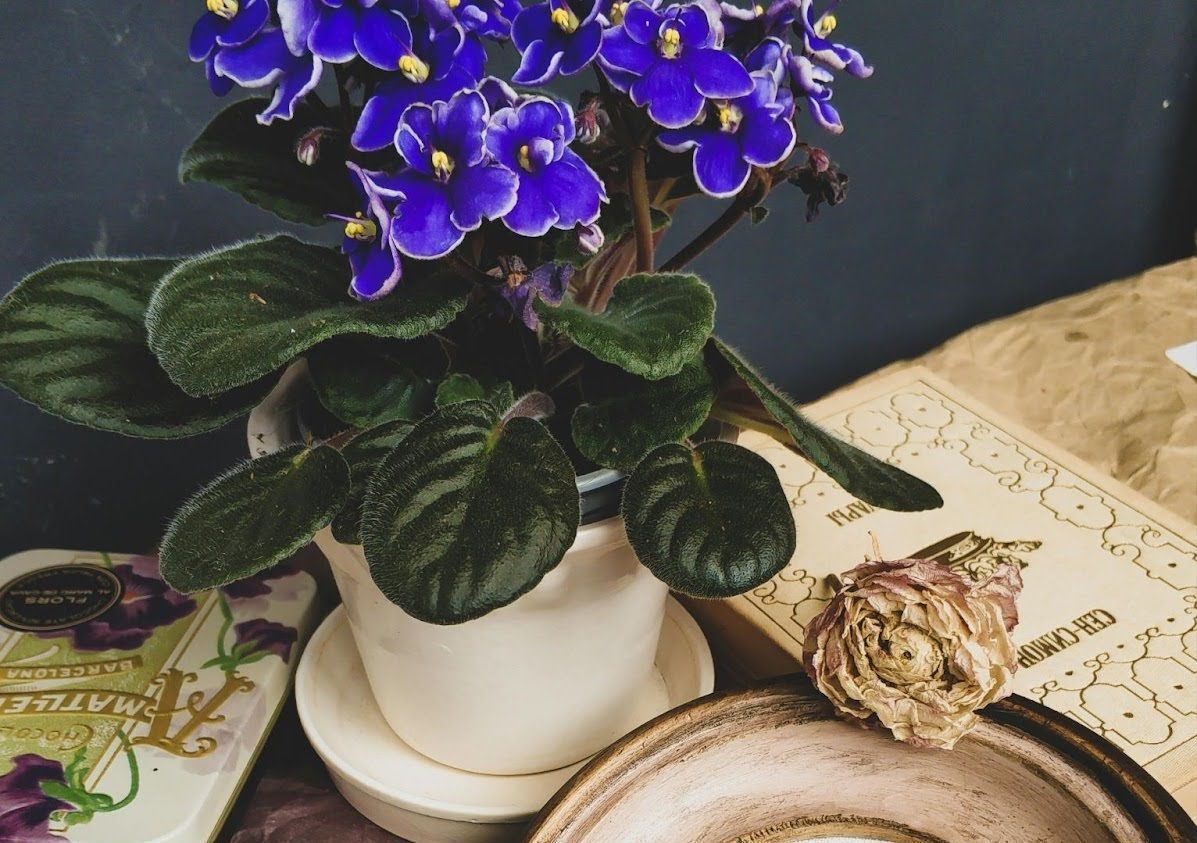
Known for their vibrant flowers in shades of purple, pink, or white, African Violets are a great option for those looking for more color inside their apartment. These plants are safe for pets and thrive in bright, indirect light. African Violets are relatively low-maintenance, making them an excellent choice for those who want flowers without sacrificing pet safety.
Pilea
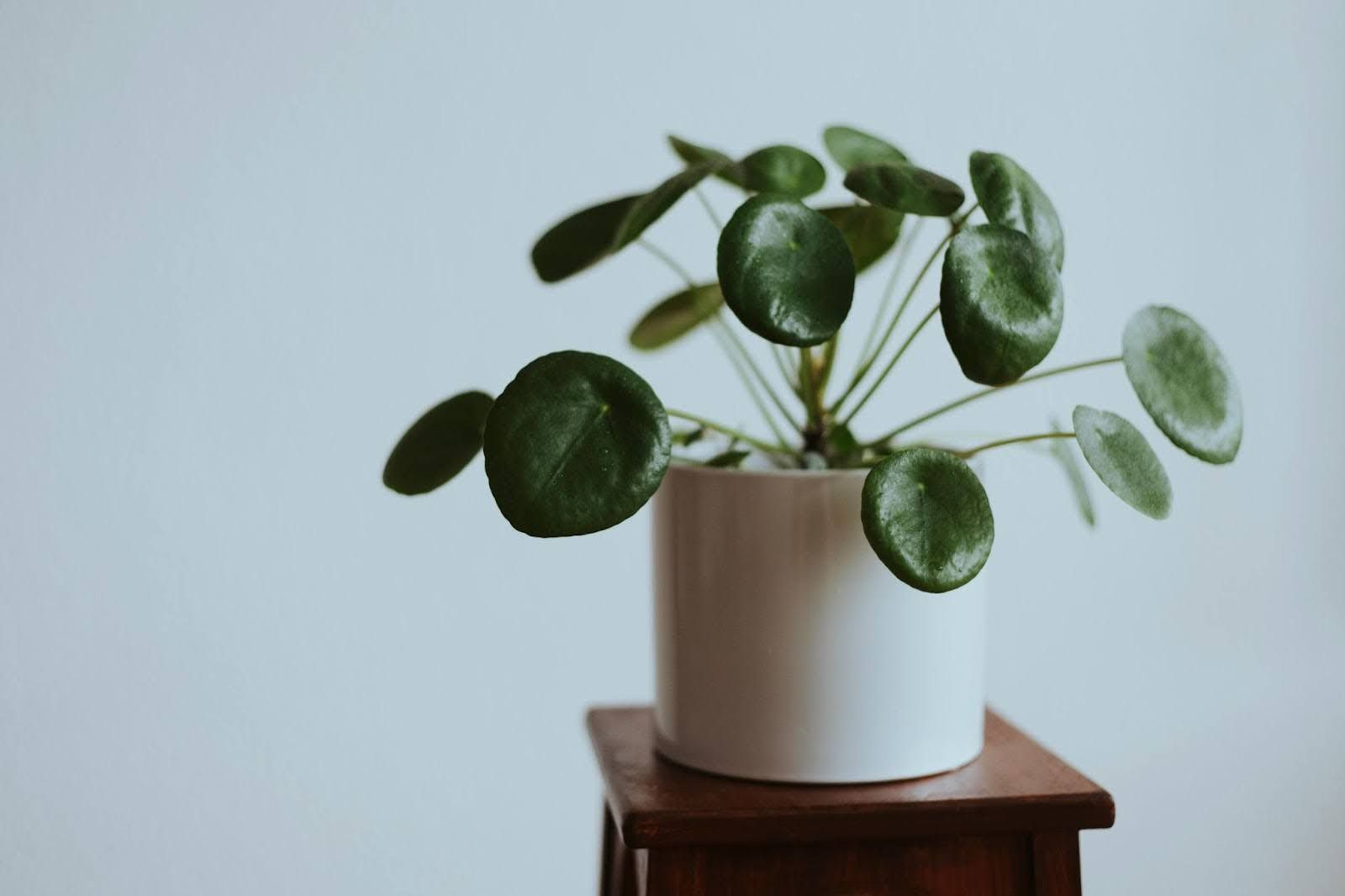
Popularly known as the Chinese Money Plant, Pilea has round, coin-shaped leaves on the end of long stems. This pet-friendly plant has gained popularity for its unique look and how easy it is to care for. They’re adaptable to various light conditions, grow fast, and are a visually appealing addition to your apartment.
How to Take Care of Houseplants
Caring for these plants is a rewarding journey that requires some extra attention and mindfulness. Here are some essential tips to make sure your indoor plants live their best lives alongside your pets inside your Reside apartment .
- Find the right lighting
Recognizing how your indoor plants need different levels of light is essential for their overall well-being. Position plants that flourish in bright, indirect light, such as African Violets, close to windows or areas with diffused sunlight. For plants that thrive in low-light conditions, like the Peperomia, find areas with limited exposure to light. Pay attention to your plant's behavior, and if you notice it tilting towards the light, it could be indicating that it wants more sunshine.
- Create a watering routine
Creating a reliable watering schedule that is tailored to each plant is essential. To avoid overwatering, a prevalent issue linked to root rot , make sure the top inch of soil is dry before the plant’s next watering session. Recognizing that various plants have distinct water requirements is crucial, so make sure to research what your plants need before introducing them to your space.
- Prune them regularly
Pruning is important not only for aesthetic purposes but also to maintain your plant’s health. Consistently removing yellowing or dead leaves is a practice that not only helps with new growth but also sustains the overall well-being of your plant. For plants that grow fast like the Pilea, pruning can make a big difference in their overall health. Additionally, pruning plays a big role in managing the size and shape of your plants, guaranteeing a perfect fit for their designated spaces within your apartment.
- Monitor for pests and pet safety
Make sure to keep an eye out for common pests like spider mites, aphids, or scale insects. Routinely inspect the undersides of leaves and the surface of the soil, and stay aware of what kinds of plants attract certain pests. For example, spider mites tend to flock to palm plants over other houseplant options. Acting quickly is crucial to avoid them infesting your apartment and disturbing the health of your pets. If your dog or cat is drawn to a particular plant, it might be worth inspecting!
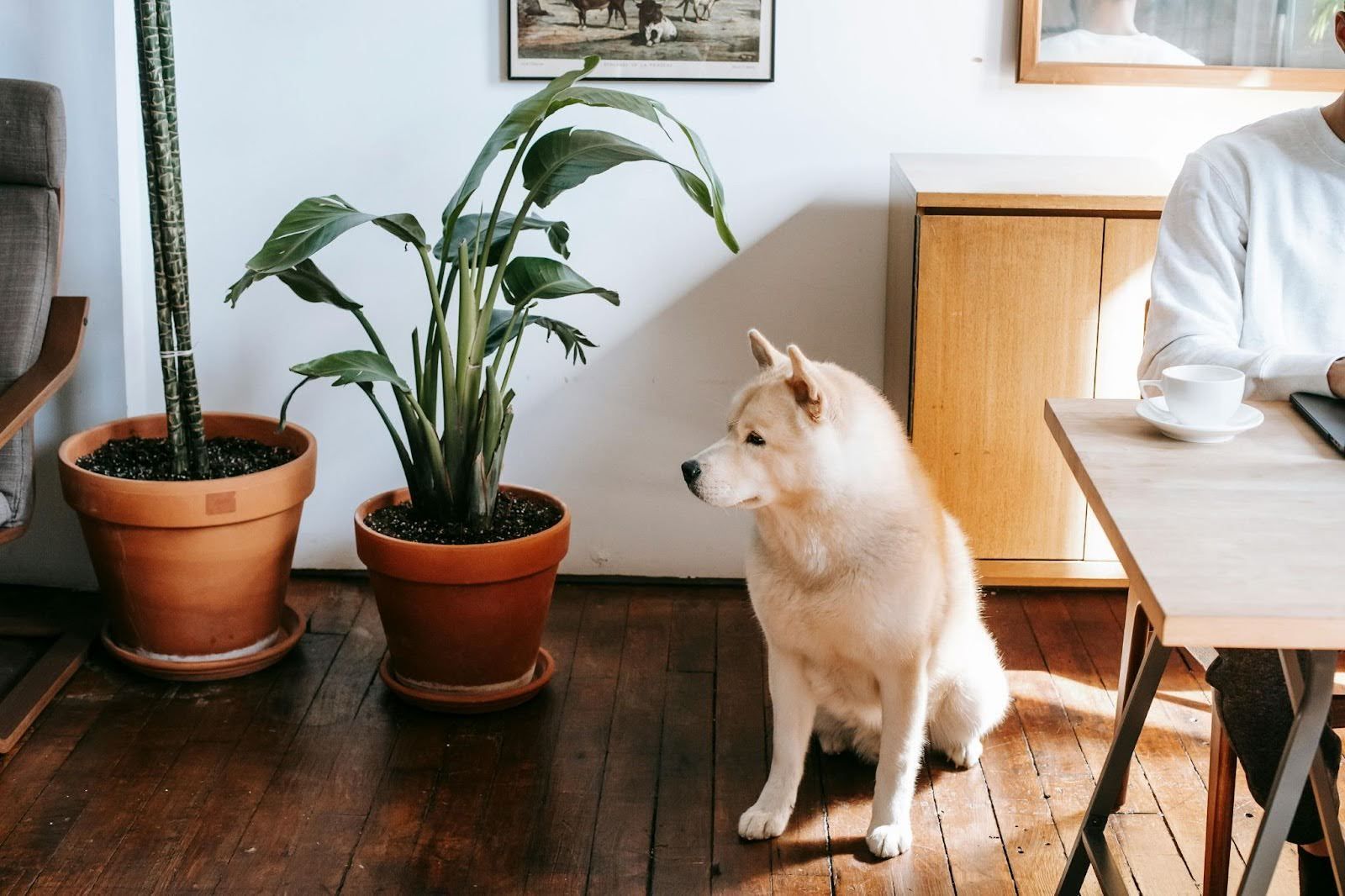
By selecting these pet-friendly plants, you not only create a more visually appealing apartment but also a healthier and safer environment for your furry companions. For more tips on how to craft your perfect apartment environment, check out our blog here .

